Learn To Master Fog Photography
Fog photography and mist photography are one of the most enigmatic and atmospheric aspects of outdoor photography. It can also be one of the most difficult to capture well.
These two elements can add drama, mystery and mood to any landscape be it rural, a seascape or even an urban environment.
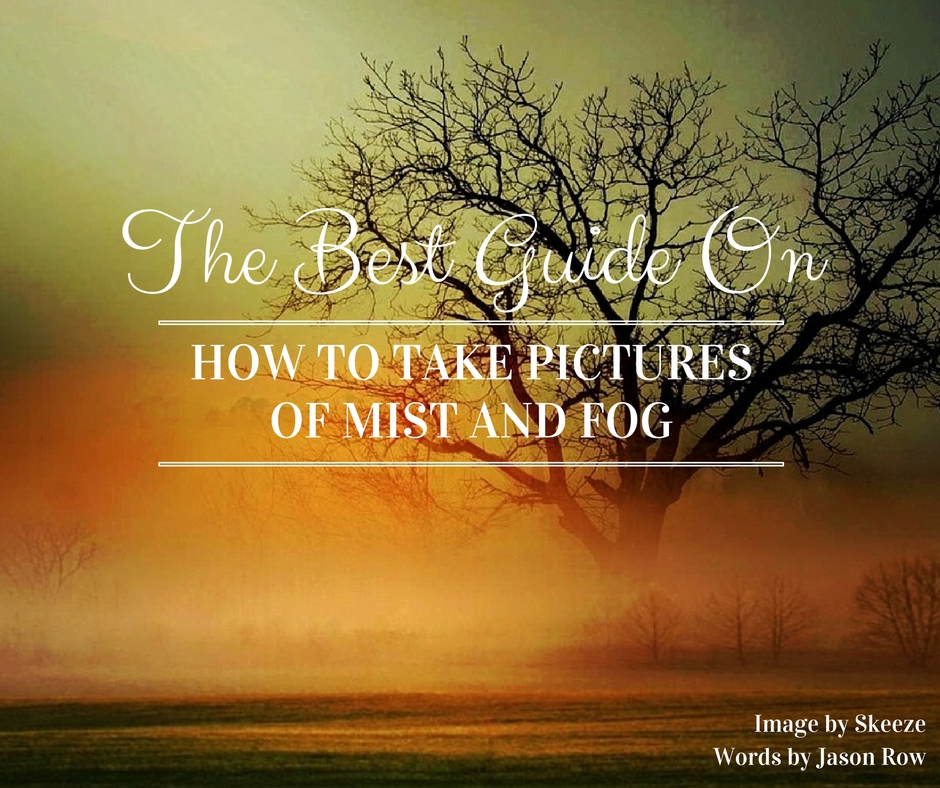
Key Considerations To Take Pictures Of Mist And Fog
Things you need to think about when planning to shoot mist and fog:
- When will it be foggy?
- How to focus in fog?
- Why do my exposures look poor when shooting in an auto exposure mode?
Today we will attempt the demystify shooting mist (pun intended) and reduce your brain fog when shooting fog pictures (another pun, seriously?). This way you'll learn the essentials and how to take away these tips to produce your own work at the next opportunity.
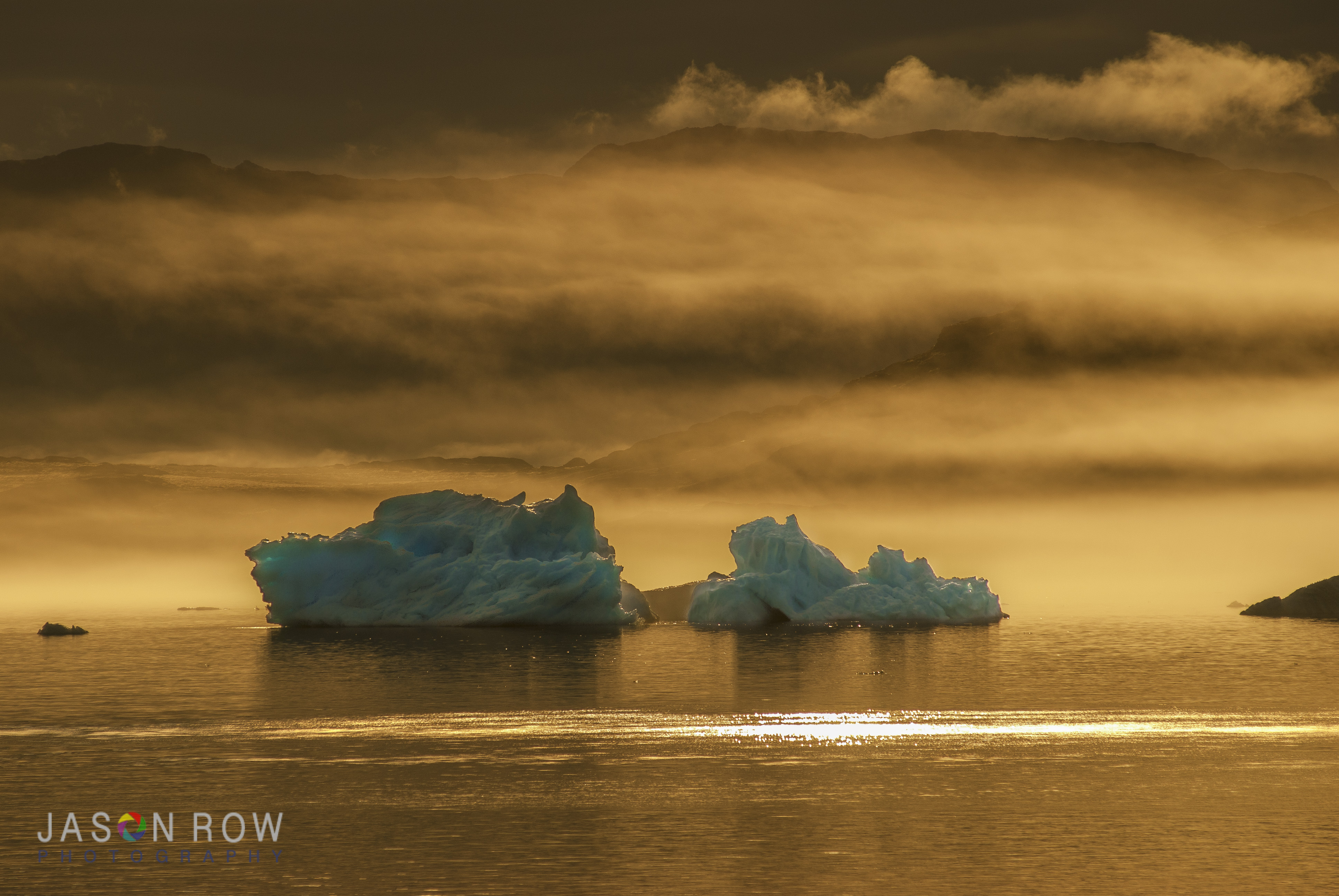
Firstly, You've Got to Find Mist and Fog To Photograph:
Perhaps one of the hardest aspects is planning to photograph mist and fog.
Let's define things here before we learn how to take pictures:
- Fog is the denser of the two and can be regarded as a thick low-level cloud that sits just above ground level.
- Mist, however, is caused by changes in temperature causing water droplets to be held in the air.
Both are most likely to form overnight and are best found in the early morning as the sun rises.
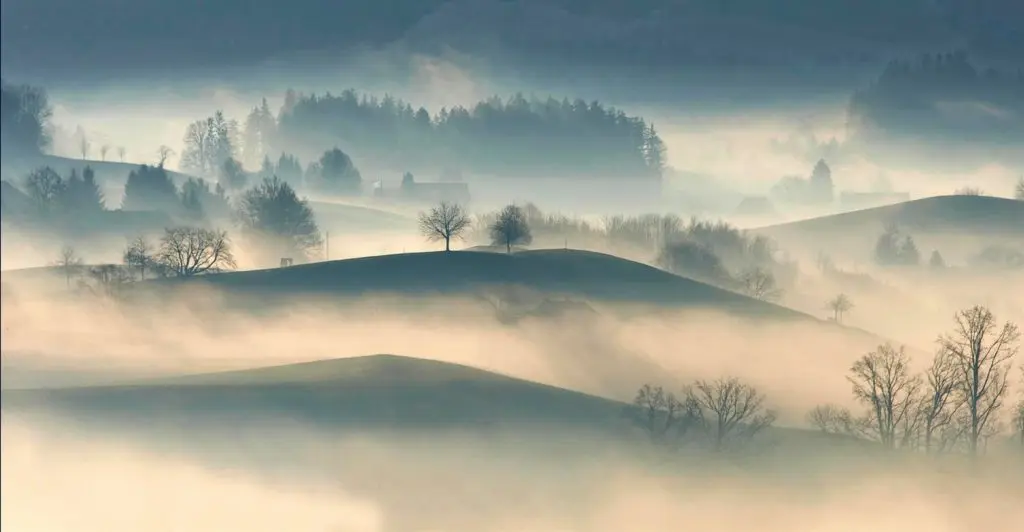
Set Your Alarm Clock, Photographers!
To determine if a day is likely to contain mist or fog, check the local forecasts for the night before and prepare to get up well before dawn to check.
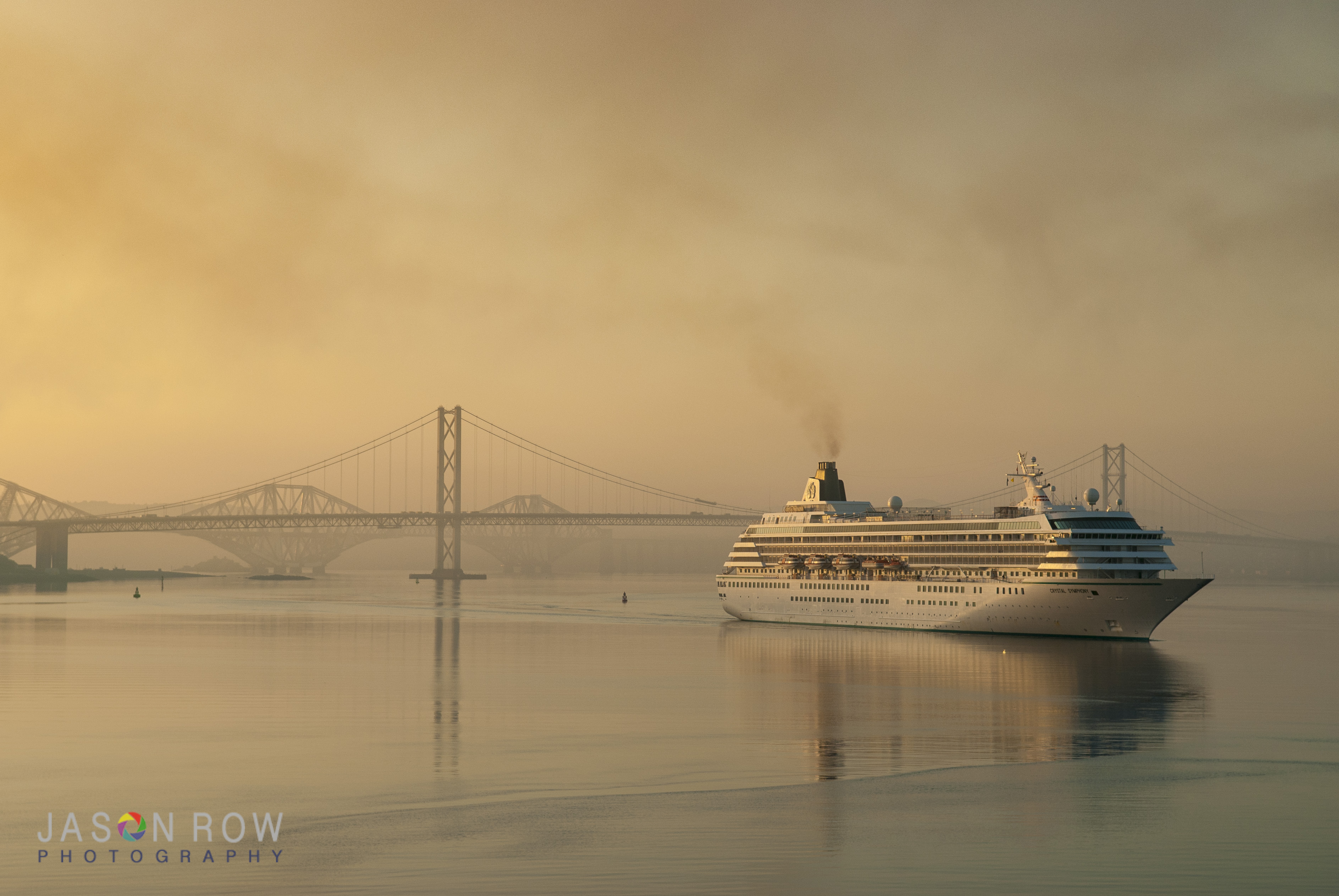
How To Take Pictures Of Mist And Fog…The Technical Aspects:
Let's be real, it’s very easy to come back with disappointing results when shooting fog and mist photography (sad face). The reason is, that our camera’s systems, in particular, exposure and focus, are not set up to deal with such a low contrast.
To help you out, let’s look at Focus first, then Exposure secondly.
- Autofocus in cameras detects differences in contrast to find the best focus. The problem with mist and fog, is of course, there is little to no contrast.
Combine this with the often low light levels found in such conditions and you have the perfect storm. Of course, the solution is simple, switch to manual focus.
This, however, is not without its issues. Your eyes still need some form of defined subject matter to focus on. Something you can try if you are having issues is to prefocus to set distance or to stop down, increasing depth of field. - The other technical issue is Exposure. Like with snow or white sand beaches, camera’s metering systems are easily fooled when learning how to take pictures of mist and fog.
The tendency is to underexpose the image, the whiteness of the fog becoming more gray and dark, losing its beauty. To overcome this when using an auto exposure mode, dial in some exposure compensation.
Plus (+) one stop is a good guide but you can also try shooting to the right end of your histogram, taking care not to over-expose!
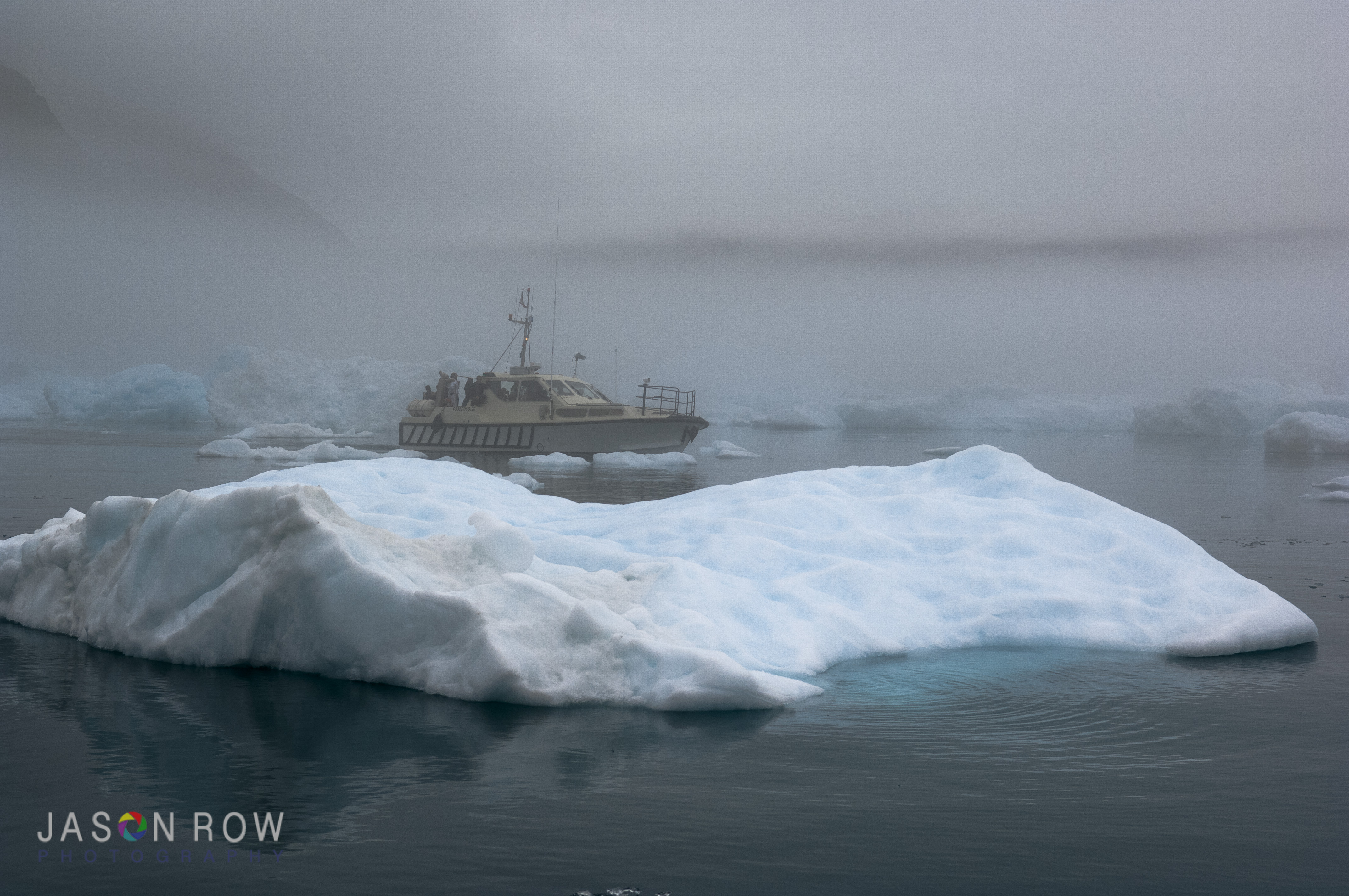
How To Take Pictures Of Mist And Fog…The Creative Aspects:
Mist and fog can give us some incredibly evocative images. However, without a little compositional forethought, they can also lead to some very bland looking shots. Let’s look at some techniques to make your misty shots really pop!
Mist and fog lower contrast and flatten the perceived perspective – so whilst it looks stunning to the naked eye when on location, the camera displays something often quite different! Because of this, adding some depth to the image can make a shot into something gorgeous.
Leading lines heading out to a barely visible subject works well, especially if the start of the leading line is well defined with light and shade. Framing techniques can also create a sense of depth – as in the shot below, where the tree frames the misty scene in front.
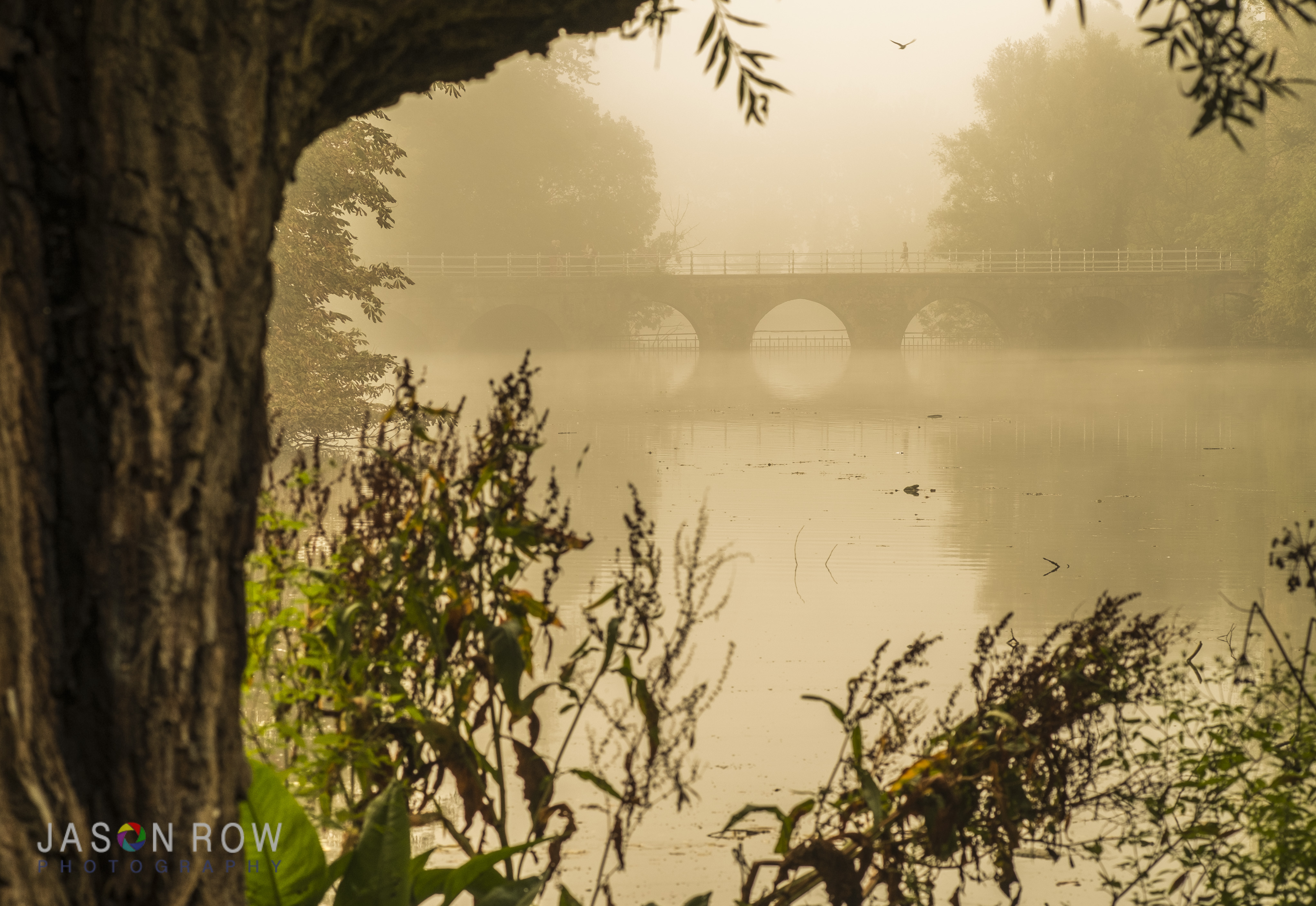
Silhouettes are another source of photographing great mist shots. By its nature, the uniform low contrast makes a perfect giant soft-box as a backlight.
Backlit subjects in mist and fog can work well both in color and black and white adding to the already deep sense of mystery in the shot.
Another technique that can work really well to take pictures of mist and fog, is juxtaposition, particularly in light-sporadic mist. Find a subject that sits both inside and outside the mist.
This works best when lit with the low golden light of dawn, giving it an almost three-dimensional feel. This will juxtapose against the flat two- dimensional part in the mist.
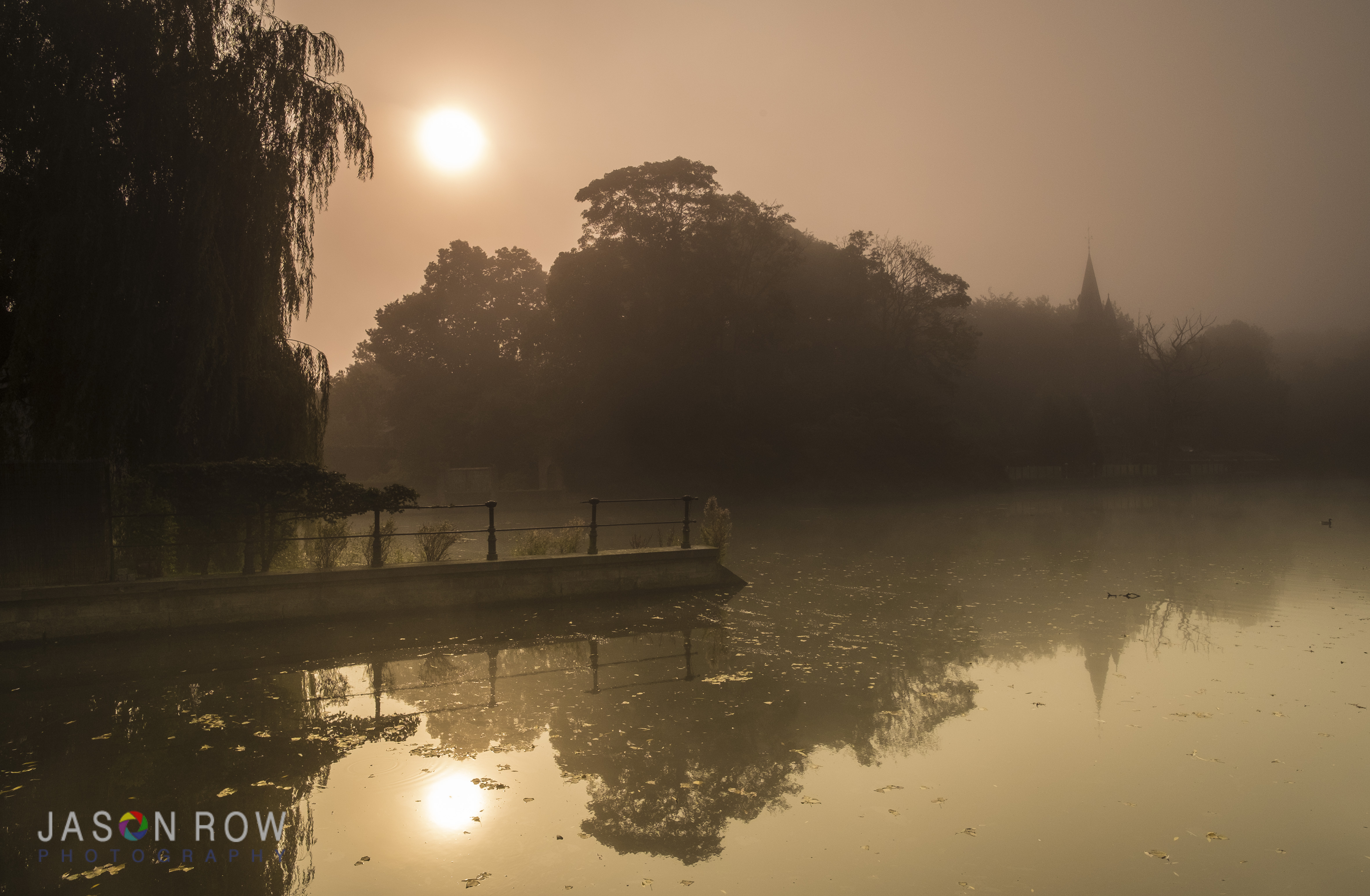
One of the best times to take pictures of mist and fog is as the sun begins the burn through. The light of the sun can cast beautiful shadows into the mist and fog creating a texture to your shots.
As the fog and mist clears, the sun brings color to parts of the shot, whist others are still quite monochromatic.
Summary
Fog and mist are wonderful elements to include in your outdoor portfolio of photographs. They can add mood and mystery to shots making them seem almost ethereal.
Learning how to take pictures of mist and fog can add some excellent fundamental skills to your photography, notably:
- Manual exposure techniques,
- Understanding of framing your scene/subject
- Learning to improve your manual focus technique
Don't forget, keep an eye on the weather forecast, prepare for some early starts and you will be rewarded with some stunning imagery.
I hope you've learned a lot from this article and there are at least a couple of things to take away that will help you when you're heading out early morning to shoot some mist (now that the weather is turning to fall season). To top things off, we've got a fantastic Landscape Photography Guide.
Further Resources:
- Into the Sun – The Art of Stunning Silhouettes for Photographers
- What You Need to Know About Your Camera’s Auto Focus System
- How to Capture Misty, Magical Photographs: 3 Essential Tips on Timing, Tools and Technique
- What Everybody Ought To Know About Photographing Sunsets and Sunrises
- Taking Photos In Fog, Mist Or Haze
- 4 Tips For Photographing Fog To Create Mystical Images


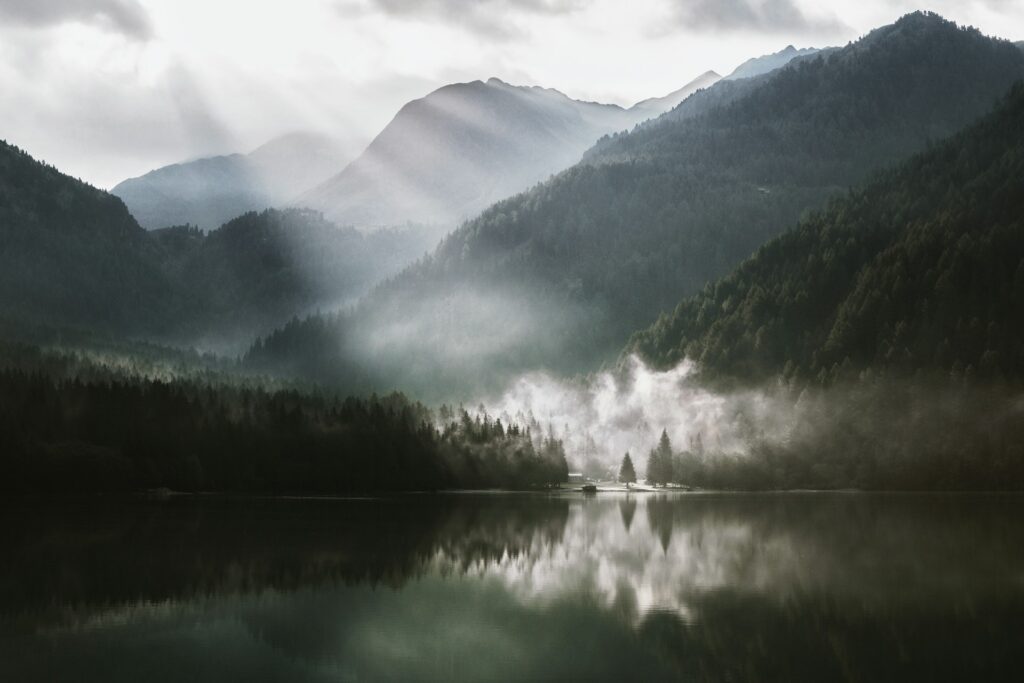
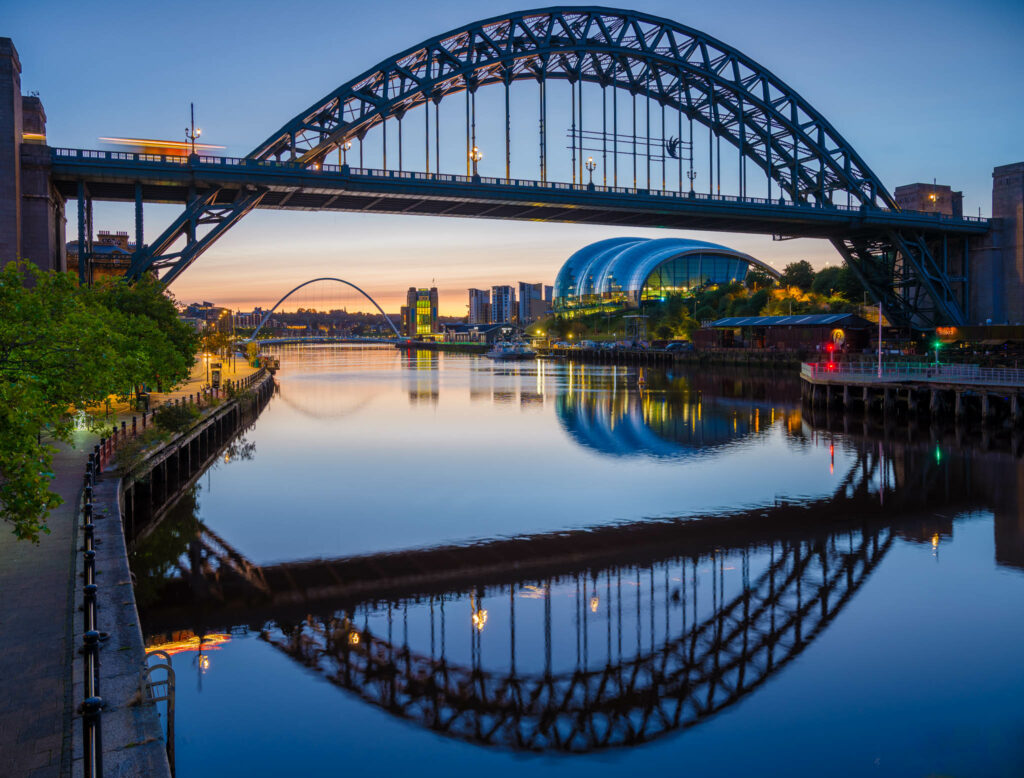
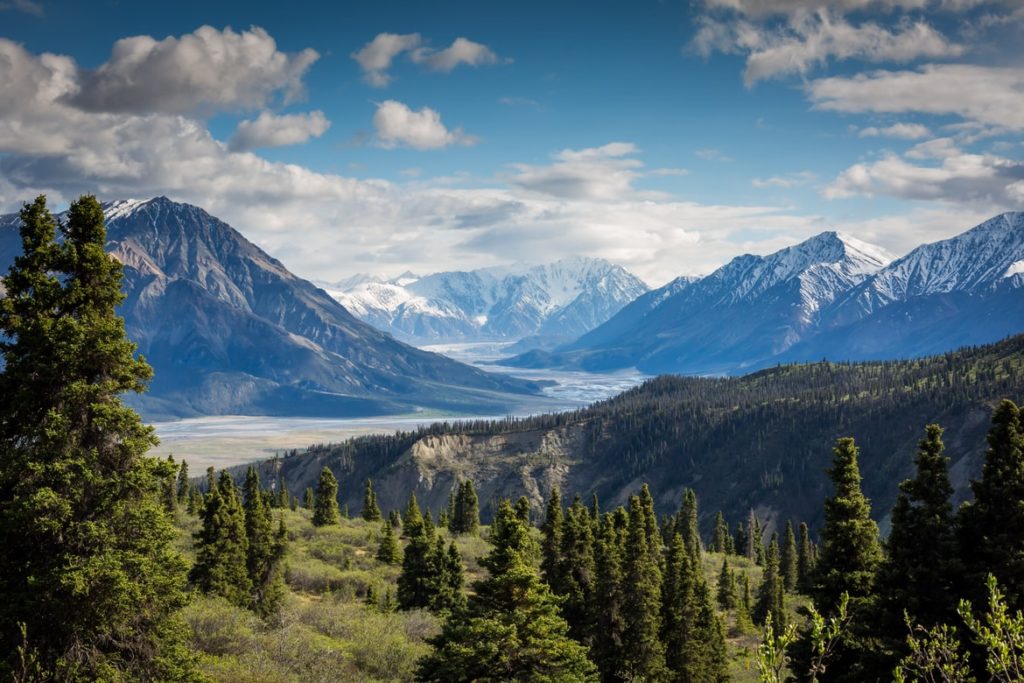
3 Comments
Any recommendation on how to minimize the noise when shooting mist and fog? I was recently in Iceland and all of my shots that contained fog, mist, icebergs etc. Were so noisy. I have a canon 7d and was shooting on a tripod with ISO 100. Even trying to remove it in post-processing didn’t help that much, just made things so soft.
I tried to take a picture of fog. I mist.
Boom. Ching.